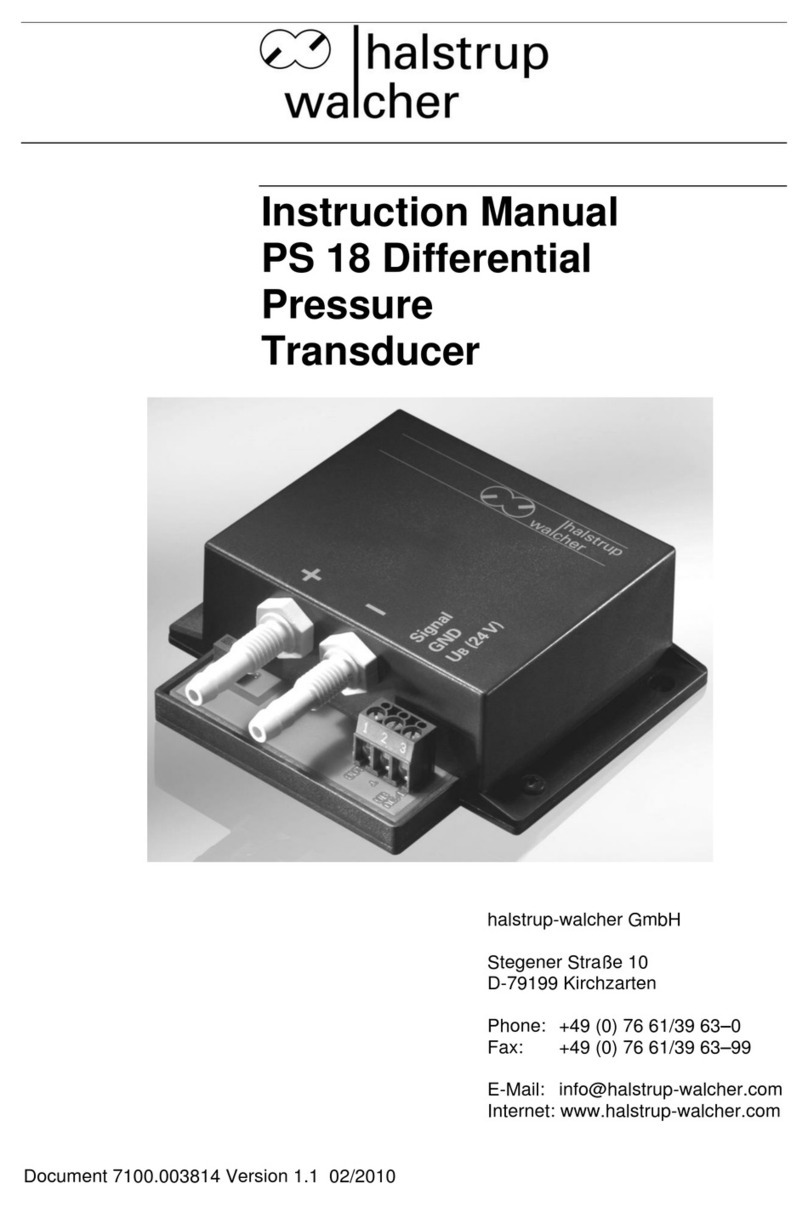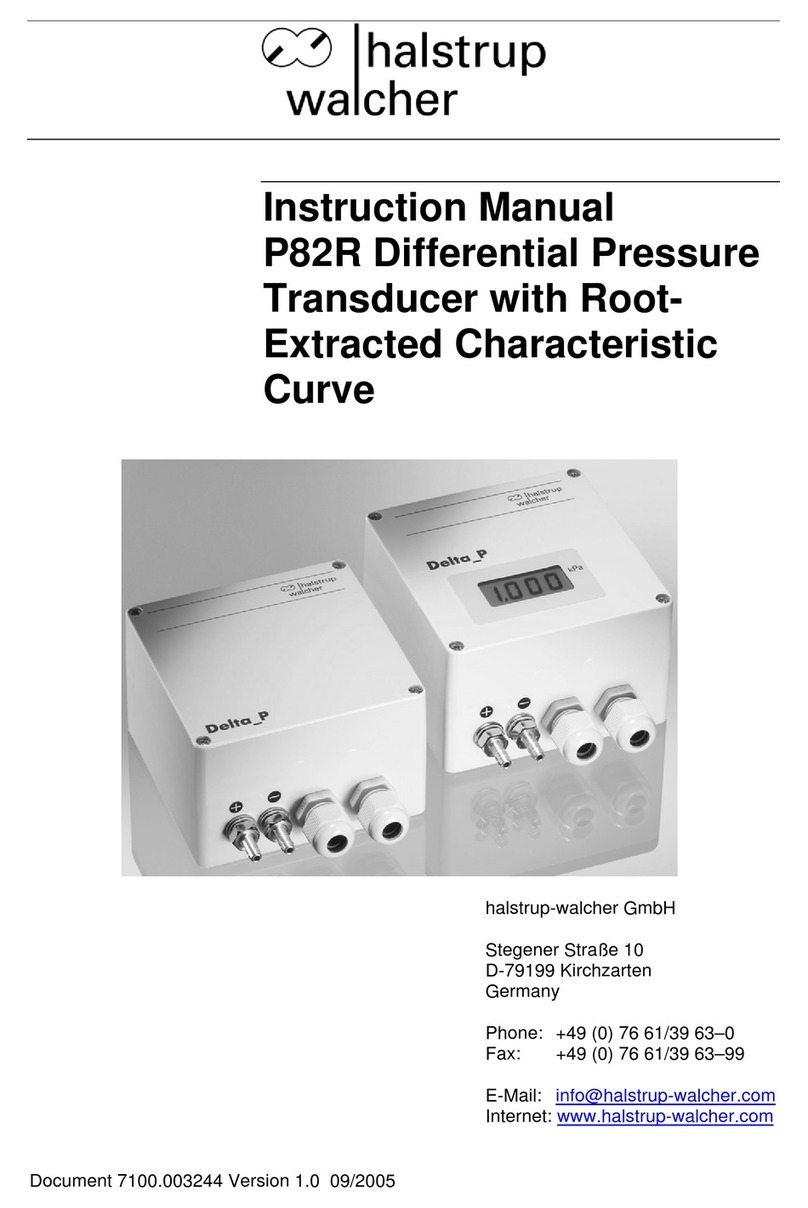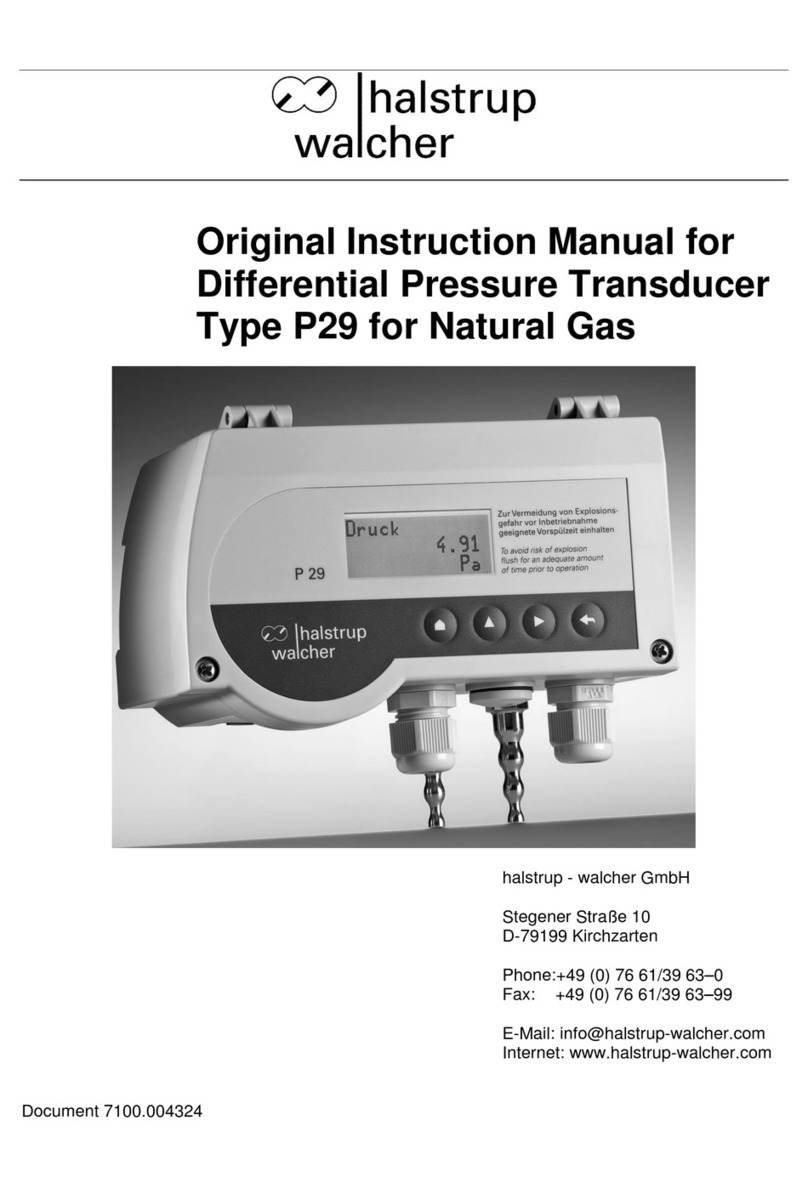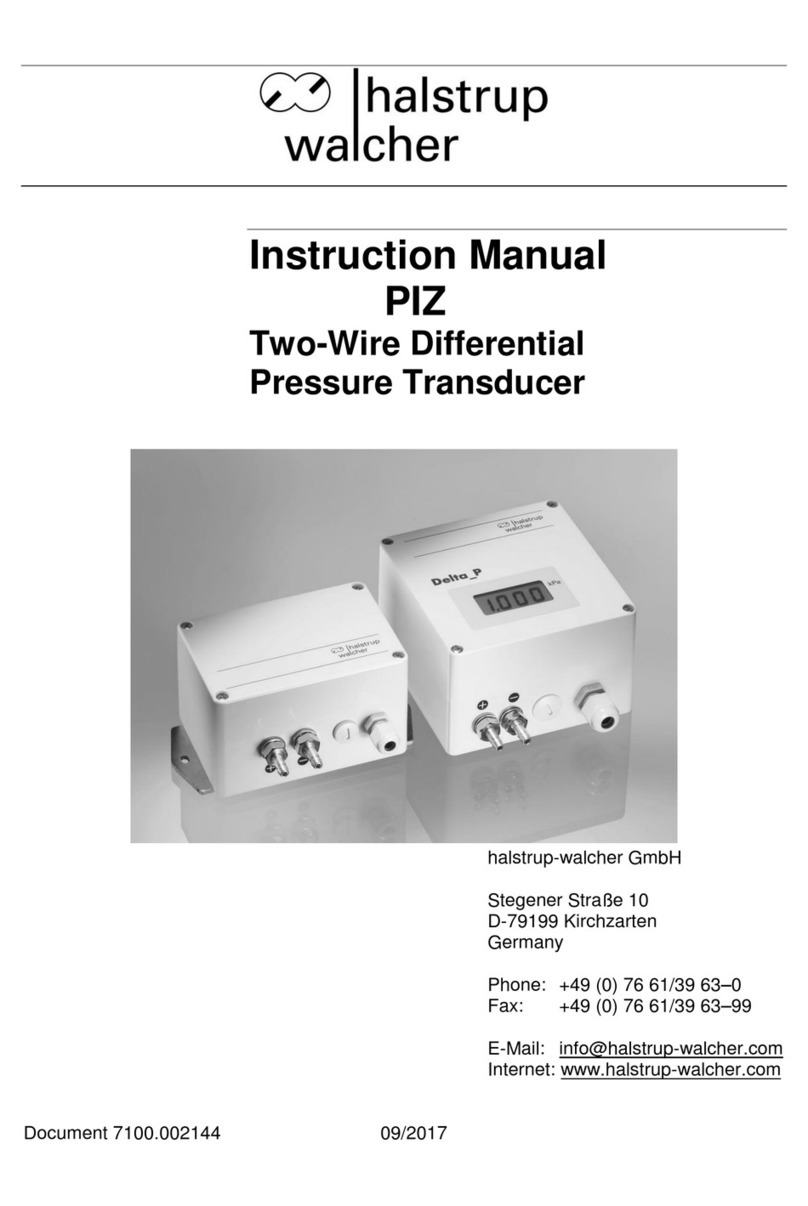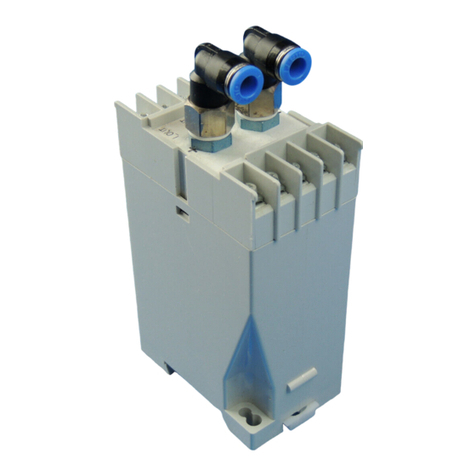P29 Instruction Manual
2
Table of Contents:
1 Purpose of instruction manual...............................................................................................4
2 Safety precautions.................................................................................................................5
2.1 Safety concept.................................................................................................................5
2.2 Appropriate use................................................................................................................5
2.3 Shipping, assembly, electrical connections and startup...................................................5
2.4 Troubleshooting, maintenance, repairs, disposal.............................................................5
2.5 Symbols ...........................................................................................................................6
3 Start-up, maintenance, shipping............................................................................................7
3.1 Start-up............................................................................................................................7
3.2 Maintenance, repair.........................................................................................................8
3.3 Shipping...........................................................................................................................8
4 Instrument description...........................................................................................................9
4.1 Features...........................................................................................................................9
4.2 User interfaces...............................................................................................................10
4.3 Internal ports and keys...................................................................................................10
4.4 Front view ......................................................................................................................12
5 Zero-point calibration cycle .................................................................................................12
6 Overpressure protection......................................................................................................13
7 Display (optional).................................................................................................................13
8 Menu (optional) ...................................................................................................................13
8.1 Display...........................................................................................................................13
8.2 Scaling...........................................................................................................................14
8.2.1 Pressure ...................................................................................................................14
8.2.1.1 Top.................................................................................................................14
8.2.1.2 Bottom ...........................................................................................................14
8.2.1.3 Unit ................................................................................................................14
8.2.2 Volumetric flow .........................................................................................................14
8.2.2.1 Value..............................................................................................................15
8.2.2.2 Unit ................................................................................................................15
8.2.3 Mass flow..................................................................................................................15
8.2.3.1 Value..............................................................................................................15
8.2.3.2 Unit ................................................................................................................15
8.2.4 Flow rate...................................................................................................................15
8.2.4.1 Value..............................................................................................................15
8.2.4.2 Unit ................................................................................................................15
8.3 Warning..........................................................................................................................16
